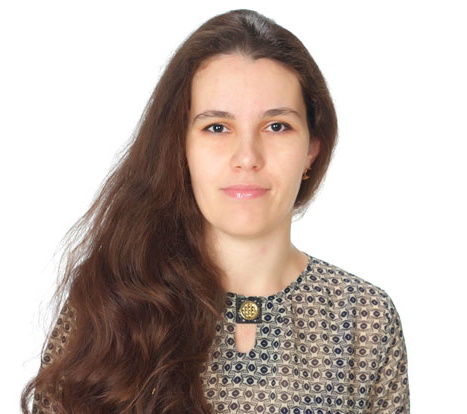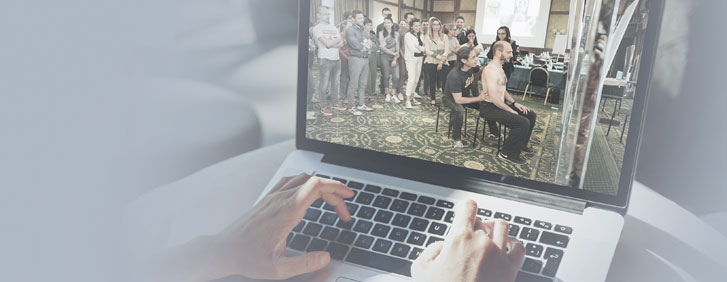The interview

Anna Kusturova, Moldavia
What is your profession?
I am an orthopedist-traumatologist, MD, PhD, Assistant Professor, Department of Orthopaedics and Traumatology, State Medical and Pharmaceutical University "Nicolae Testemitanu", Chisinau, Moldova.
How is the rehabilitation treatment of spine diseases managed in your country?
Spine diseases are very common in my country. Many patients don't pay attention to existing problems and usually come to the doctor when complications appear; pain, deformity, neurological deficiency, etc. Complex conservative treatment is possible only in the capital of the republic and in some small towns. The majority of the patients can't obtain the necessary medical help in their locations. Rehabilitation treatment in these cases is performed too late and seems to be less effective either in children or in adults.
Scoliosis: how is it treated?
Unfortunately, there are no protocols and guidelines for scoliosis treatment, no spinal screening programs, no scoliosis rehabilitation schools. Many patients are missed in the initial stage of the disease when conservative treatment can help. They come to the doctor with severe curves telling they never heard about specific exercises or bracing. The surgery is very expensive. There is a waiting list for scoliosis patients to obtain this operation covered by the state. To obtain a good brace is difficult - many patients go to other countries and pay a lot of money for it. There are some private rehabilitation centres but not all patients can pay for this prolonged treatment
What would you like to improve on the clinical practice currently followed in your country?
Firstly my dream is to introduce a school spinal screening program in my country. As I performed this one many years ago in some schools in the capital I know all the problems that can appear and hope to help my colleagues. It can help us to systematize all the data, to achieve the real picture of scoliosis epidemiology in my country, to elaborate the necessary guidelines that should be performed by any medical and school staff. I hope to spread larger rehabilitation treatment with outpatient departments that will help scoliosis patients with different grades of disease. The number of patients who need the surgery will be reduced, which will help to save money.
What can the Scoliosis Online Master Course PPSCT give you and how do you think you can apply this knowledge in your daily clinical practice?
I hope this course will give me a lot of theoretical and practical knowledge about spine deformities and especially scoliosis - its aetiology, biomechanics, clinical and radiological evaluation, new technologies and software applications that will help me in my daily practice to examine the scoliosis patient, to monitor visible changes using some scales, to understand the pathological mechanisms and to find the proper treatment tactics individually for each patient.

